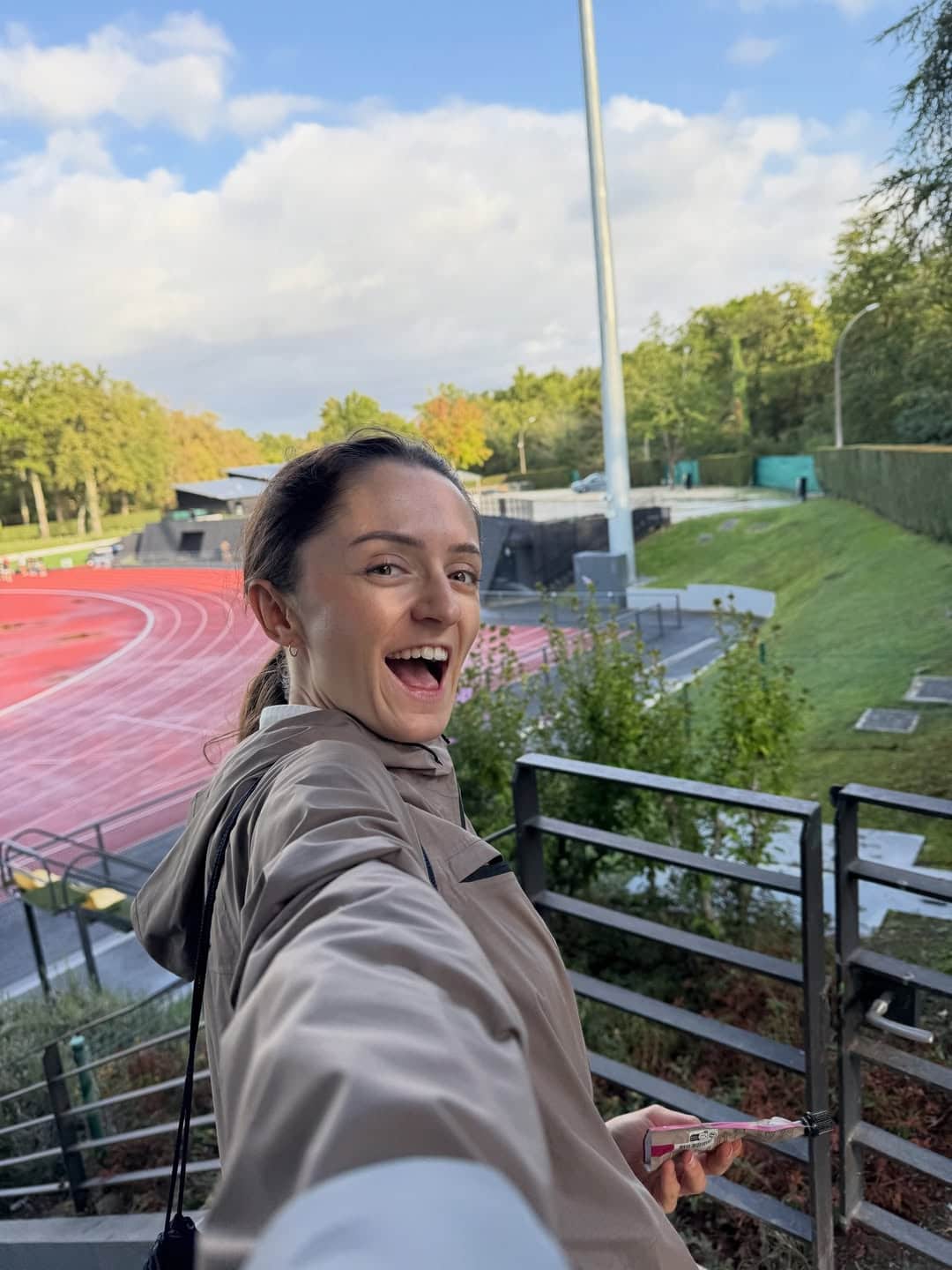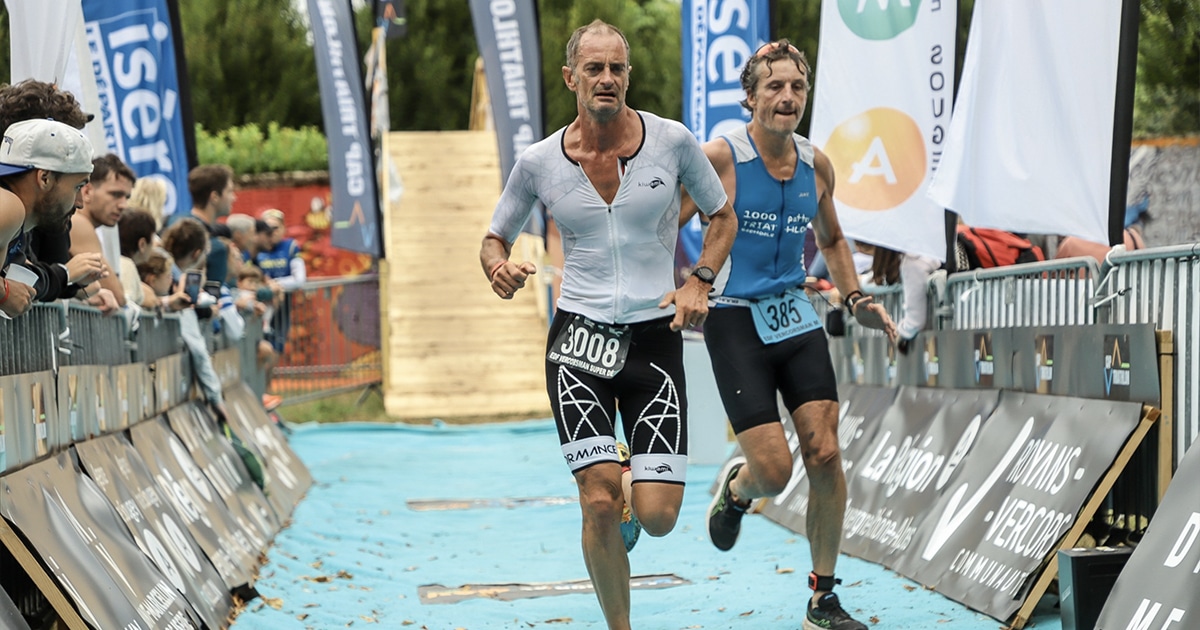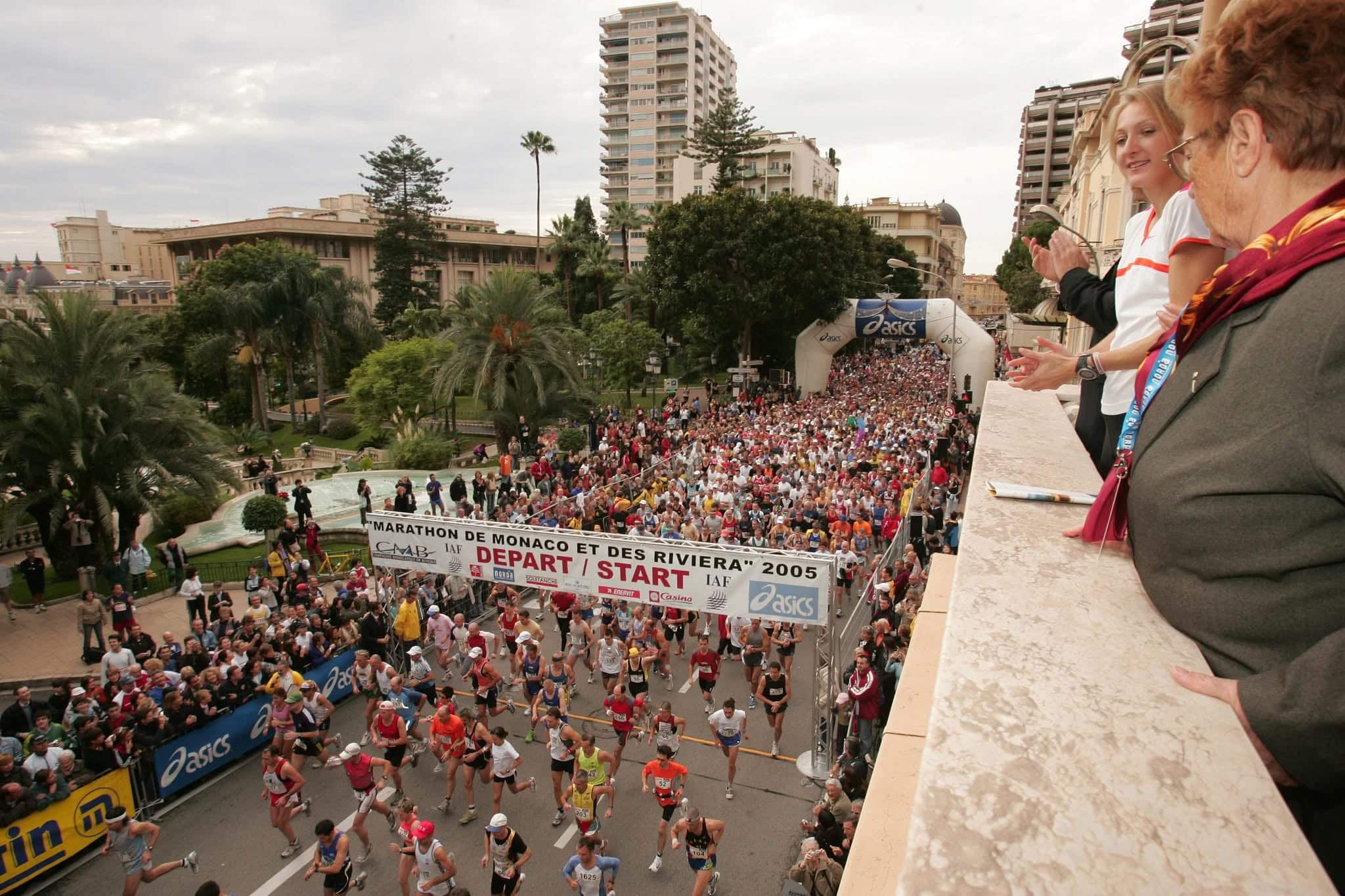Why Are So Many Runners Filming Their Marathons? The Quest for Social Recognition in the Age of Instagram
Running a marathon today means weaving through a sea of smartphones and GoPros. Every few meters, someone’s taking a selfie, recording a story, or filming their stride for Instagram. Completing 26.2 miles isn’t just a physical achievement anymore — it’s become a piece of content. Personal pride, social validation, polished branding: the race now plays out as much online as on the road.
If you can’t go for a jog without recording your pace or posting your sweaty face, you’ve probably caught a modern runner’s condition: connected running. A habit with both perks and pitfalls. “I love capturing those moments — a marathon is an emotion you’ll never experience twice,” says Marine Gibard, better known as @coursptitetomate, one of France’s most popular running influencers with 130,000 Instagram followers. In today’s marathon world, it’s hard to miss the trend.
But why the obsession with documenting every step? It often starts with influencers. Running creators have built a culture where performance lives both on the street and on social media. Showing off your new shoes, your Sunday long run, or your pain face at mile 22 has become almost as important as the race itself. On Instagram, running isn’t just running anymore — it’s storytelling through motion. Effort has turned into a shareable narrative.
| Running… and Sharing
Selfies, Stories, Reels — the running generation records everything. From the pre-run coffee to the grimace at mile 22, every moment becomes a post. So when marathon day comes, the temptation peaks. Phone in hand, GoPro strapped to the chest, selfie stick out at the start line — the modern runner doubles as a content creator. “What motivates me to film is sharing my experience,” says Marine Gibard. “I’m glad I did it for certain marathons, because now I have those memories for myself too.”
After four months of training, fatigue, and early mornings, it’s only natural to want proof of the journey. “What I try to show is authenticity, motivation, and consistency — no shortcuts,” says the 31-year-old content creator. Her videos do more than document; they inspire. She often meets people who tell her they signed up for their first race after watching her clips. Filming, for some, becomes a tool for transmission — not just self-promotion.
Still, the trade-off is real. Lifting your arm, framing the shot, talking to the camera — every second costs time. “Sure, I lose a few seconds filming, but I’m not a pro,” she admits. “It doesn’t matter if I finish a minute slower.” Not everyone’s that chill about it. Some runners slow down for the perfect shot with the Arc de Triomphe behind them; others stop entirely to go live. The result? A finish time sacrificed in the name of storytelling.
| The Business of the Connected Run
This boom isn’t accidental — it’s fueled by brands. GoPro designs mini cameras for runners, Apple sells armbands for iPhones, Garmin promotes instant sharing. “Brands know running content is gold,” says Julien, an amateur photographer and videographer. “Every video is free advertising. Marathons are basically moving billboards.”
Race organizers have joined the game too. The more people film, the more visibility their event gets. Big races like the Paris Marathon or Valencia Marathon now send content creator kits to influential runners, complete with branded bibs or exclusive access.
« If I stopped posting, nothing would change. I’ve been running for over 15 years — I run for myself, not for the cameras »
Marine Gibard
| When Filming Kills the Flow
But documenting everything takes a toll. “After a 55-km ultra, I’d created content before, during, and after the race — and I got sick the week after,” admits Marine Gibard. Behind the fun of a Story lies real mental load: managing footage, editing clips, answering messages — sometimes at the expense of the joy of running. Yet she insists: “If I stopped posting, I’d still run. I’ve been running for 15 years — I do it for me, not for the camera.”
That feeling resonates with others. “For my last marathon, I left my phone at bag check,” says Élodie, 39, a six-time marathon finisher. “I experienced every mile without thinking about what I’d post. It was liberating.” In a world drowning in images, this chosen disconnection almost feels revolutionary. Refusing to film becomes an act of rebellion — a way to reclaim the purity of the effort, the rawness that a screen dilutes.
« People don’t realize how much emotion they lose when they watch life through a screen »
Nicolas
| The Real Luxury: Having Nothing to Prove
Running a marathon is already an achievement. Filming it can sometimes be a distraction. In trying to capture every moment, we risk missing the emotion itself. “People don’t realize how much you lose when you look at everything through a lens,” Nicolas explains. “The tears at the finish line, the music, the crowd — that’s meant to be lived, not framed.”
The finish line doesn’t need a filter to feel magical, nor a Reel to prove you were there. Maybe the most subversive trend one day will be… leaving your phone behind and running those 26.2 miles on airplane mode.
We’ve seen it all: Reels at 8:00/mile pace, pre-race headlamp Stories, cameras strapped to caps. Maybe someday, runners will go back to chasing joy, not engagement — running not for likes, but for themselves. Because in the end, the only “like” that really matters is the one you give yourself when you cross that line.
➜ Check out the marathon calendar

Dorian VUILLET
Journalist



